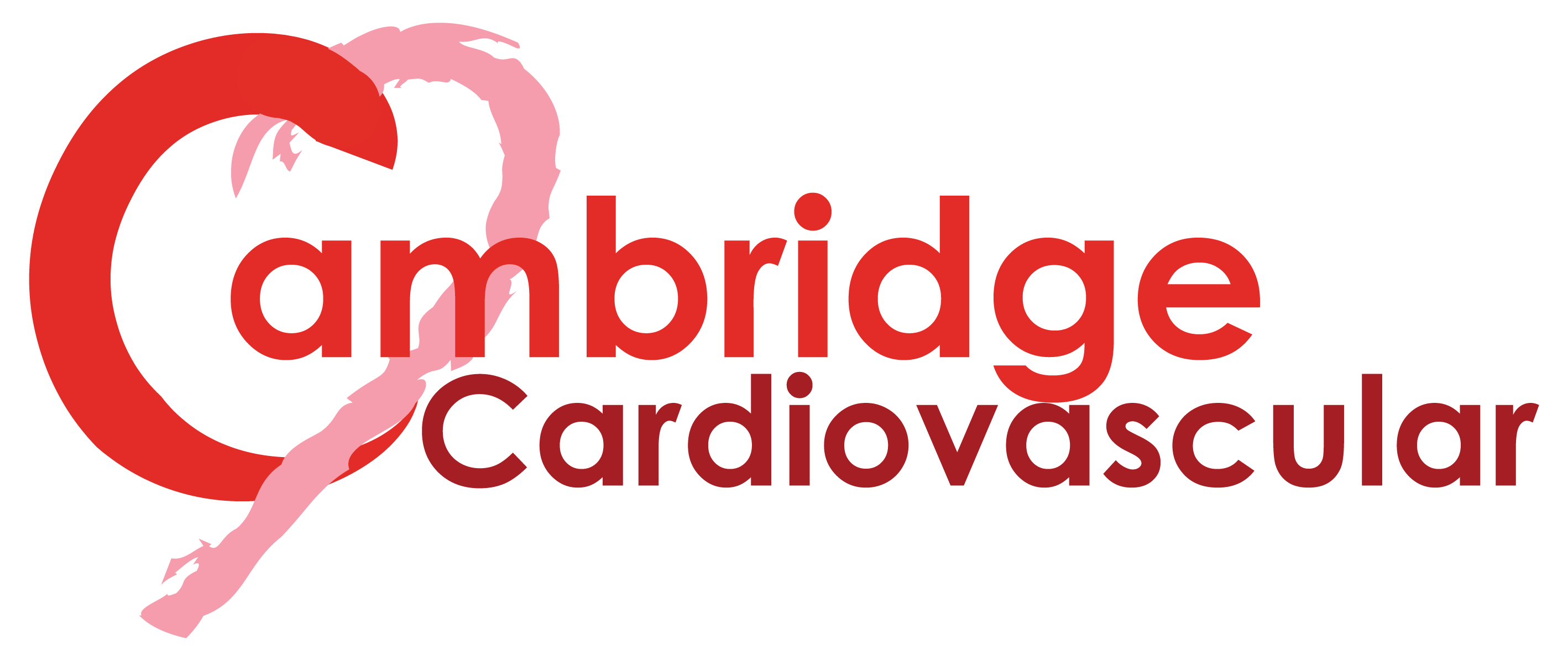This page lists links to websites and - mostly free - software that may be useful during your studies. Katja Kivinen has used many of these - ask if you need a tutorial to get started!
General Bioinformatics help
Goblet is an international organisation of bioinformatics trainers. Some learning materials are open source.
Biostars is an international community with lots of helpful discussion threads and tutorials. Browse the archive first for answers before posting a new question.
SEQanswers is another international community with focus on the processing and analysis of next-generation sequencing data.
UNIX/Linux/programming
University of Surrey provides a clear and simple introduction to basic UNIX commands.
Software Carpentry also provides free tutorials to common UNIX commands and basics of databases and programming.
R is a highly successful project to create a free statistical computing environment. It is a bit of a learning curve to get started but once you know how things work you can write your own tools (and add them to the archive to share with others).
Perl is a free programming language and useful for e.g. converting data formats, automating repetitive tasks and running software in high-throughput mode (e.g. to process sequencing/genotyping/gene expression data). Perl is well documented and a friendly Bioperl community has written code for many of the tasks one might need to perform.
Python is also a free programming language and useful for similar tasks as Perl. Similarly to Bioperl, there is a Biopython community producing useful code for many tasks.
The Site Wizard has everything you need to create and run your own website if you are interested in such a thing.
NCBI Tools
NCBI Handbook gives a good overview of NCBI services. NCBI Bookshelf provides free access to plenty of text books in life sciences and medicine.
Gene is a database of gene information with links to other databases - very useful for human and mouse genes!
dbSNP database collects information about genetic variants (SNPs) and can display all known variants within a gene or a chromosomal region.
PubMed database collects information about many biomedical publications.
MapView database displays any segment of the human genome and links to other databases.
Pharmacology
ChemSpider database provides information for chemical structures.
IUPHAR/BPS is a manually curated database of pharmacological targets and ligands.
Proteins
UniProt database contains manually annotated & reviewed (Swiss-Prot) and automatically annotated (TrEMBL) information about proteins.
ExPASY are the creators of Swiss-Prot, Swiss-Model, DeepView, and many other free analysis tools for proteomics and other fields.
InterPro database predicts protein domains and functional sites from sequence using multiple methods.
PDBe database is the main source for protein 3D structures in Europe - its sibling site RCSB-PDB is located in US.
Swiss-Model Web tool can be used to predict a protein structure (if no structure is available in PDBe) using homology modelling.
DNA
NCBI-BLAST is a fast and reliable tool for sequence similarity searches and very straightforward to use.
ClustalW is the standard tool for multiple sequence alignments.
Primer3 is an invaluable help in selecting unique primers for PCR and targeted sequencing.
Genome Browsers
Ensembl Genome Browser at EBI has many useful views and allows one to upload and view own custom data sets.
UCSC Genome Browser has a nice view of features and allows one to upload custom tracks (e.g. novel SNPs from sequencing)
NCBI-Mapview is most useful for linking to other NCBI databases (Gene, dbSNP etc).
Visualisation Tools
DeepView software is used to view and edit protein 3D structure models downloaded from PDBe or Swiss-Model. It can also produce high-resolution images for publications.
Artemis is a simple software package that can be used to visualise genes or genomic regions downloaded from e.g. Ensembl Genome Browser. For regions bigger than 1MBp, use genomics visualisation tools instead.
IGV is a free visualisation software from the Broad Institute for high-throughput data (e.g. human genome-wide sequencing or genotyping).
Haploview is a straightforward software package from the Broad Institute that can process and analyse thousands of genetic variants (SNPs) in thousands of individuals. It can help in SNP selection for genotyping and can run simple SNP and haplotype association analysis and define block structures. For genome-wide data, use PLINK or similar instead.
If you use R for the analysis of genomics data, Bioconductor has many useful packages.
Gnuplot can be used to produce 2D and 3D graphics from e.g. data analysis with R.
Statistics
R provides a powerful and free statistical analysis environment together with the relevant Bioconductor packages.
Commercial software - MATLAB, Mathematics, SPSS, SAS, Stata?




